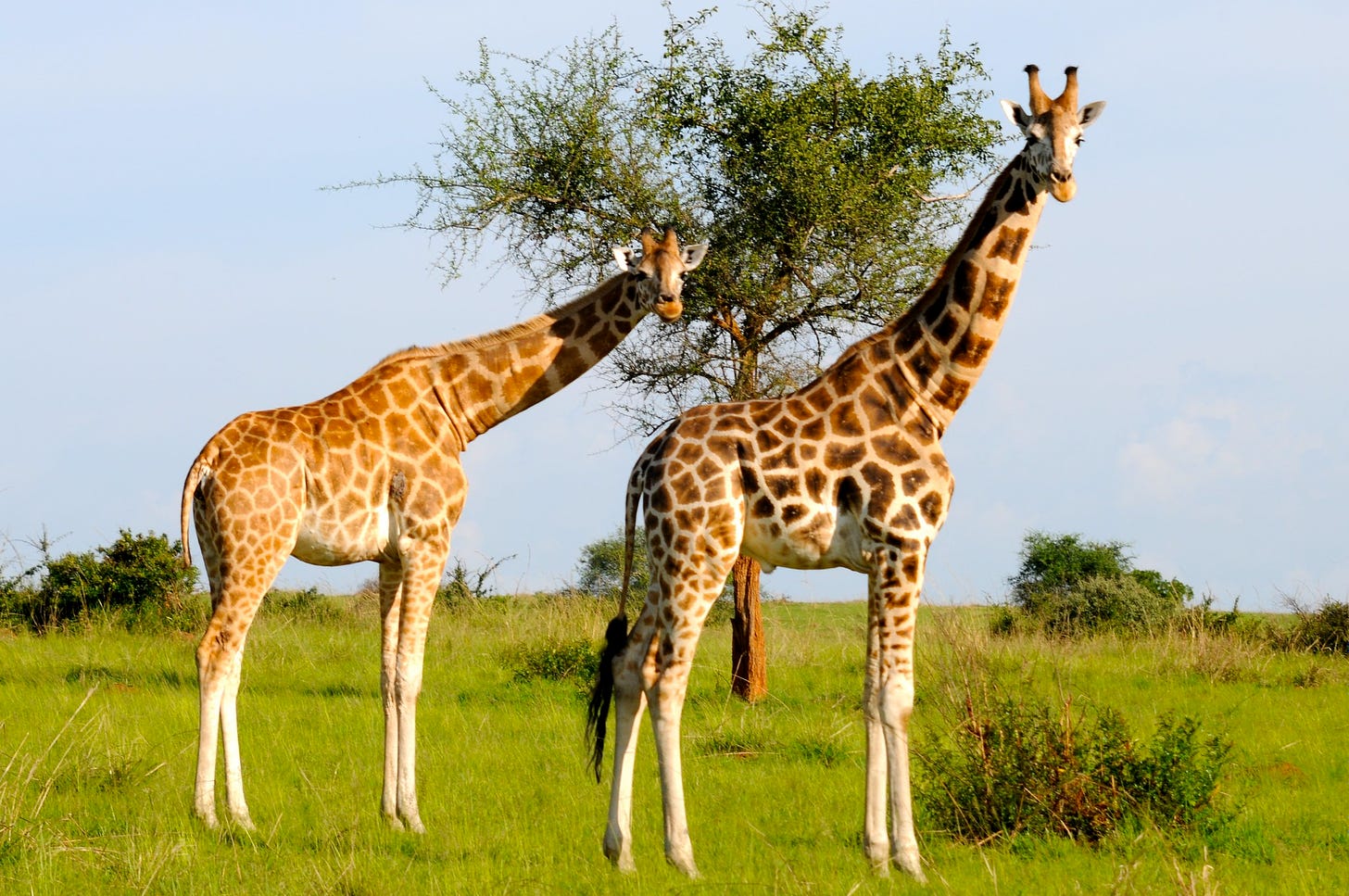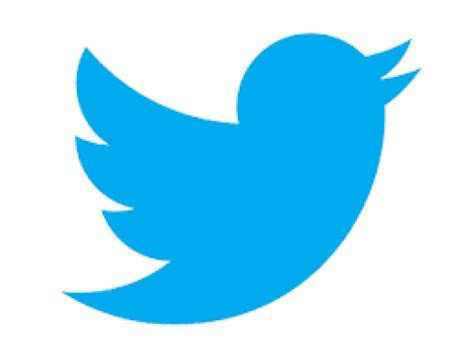News of the week
Airline may face consequences for greenwashing. Rewilding Europe with bears. USF&WS Endangered listing for giraffes?
Eco groups claim that KLM Airline’s claims of sustainability are false
Of the modes of transportation that we have created, the one with the greatest potential to create greenhouse gases is air travel. Even the short distance flights, like the ones I’ve taken to Las Vegas or San Francisco from my home in San Diego, produce an enormous amount of carbon dioxide.
Using the German nonprofit Atmosfair’s flight carbon calculator, my personal emissions (just me, one person) from flying back and forth to Las Vegas, a distance of around 600 miles, would be 474 pounds of CO2. For comparison, the same trip in my Prius would emit 74.5 pounds of CO2. When Atmosfair does the calculation, they remind me that the 474 pounds of carbon dioxide I produced in one day is what an Ethiopian contributes to the atmosphere in about six months.
So the airline industry certainly is not green, but airlines don’t want you to be reminded of that. In Europe, environmental organizations claim that KLM, also known as the Royal Dutch Airline, has mislead the public with ads that promote the sustainability of flying. These groups have initiated legal action against KLM.
The organizations, ClientEarth and Netherlands based Fossielvrij NL, say that the Dutch airline’s ads and its corresponding environmental program misrepresent the sustainability of their flights and the company’s overall sustainability plans and are thus in violation of European consumer laws.
On its website the airline has a sustainability section, including a portion with the title “Fly Responsibly,” which claims that KLM is on track to be carbon neutral by 2050. The environmental organizations point out that this goal and KLM’s goal of increasing the number of their flights is an impossibility. The clean transportation organization Transport & the Environment points out that net zero is possible for airlines, but only if the number of their flights is reduced.
Rewilding Europe with more bears
Rewilding Europe, along with other conservation minded organizations, has kicked off the LIFE Bear-Smart Corridors initiative, that will connect habitat and set aside land in Greece for the Greek brown bear and expand the range of the Marsican brown bear subspecies in Italy.
Like bears in America, European bears are plagued by people. Folks poison and shoot bears. And bears can become nuisances when they find easy food in dumpsters and wander into towns and homes looking for food. This opens up a lot of opportunity for human/bear conflict. This new initiative will try to alleviate these problems through education and other means. The coalition believes that they can create sufficient corridors leading to the connection of up to 1158 square miles, an area about the size of Rhode Island, for the bears. They also believe that the space and connectivity should help the bears to maintain their genetic diversity.
In 2014 the numbers of the endangered Marsican brown bear were estimated to be between 47 and 61 individuals. They live mostly in the Abruzzo, Lazio, and Molise National Park, which lies in the mountains about 90 miles east of Rome and is also home to wolves, lynx, and deer. It is believed that the near 200 square miles of the park have reached their carrying capacity for the bears, and population growth can only occur if the park is connected by corridors to other habitat, such as the Gran Sasso e Monti della Laga National Park, a large park to the northeast where the bears have been sighted in recent years.
Giraffes to get Endangered protection?
What may be my earliest memory—I was no older than three—is feeding Graham crackers to a giraffe one muggy day at a zoo in Virginia. I remember his prehensile tongue wrapping around the cracker and my hand. I believed that if I held onto the cracker, the giraffe would pull me up into the sky as he raised his long, long neck, and that thought thrilled me.
Now the thought of these great and beautiful creatures becoming endangered saddens me. There is nonetheless hope for giraffes. The U.S. Fish and Wildlife Service announced earlier this week that they agreed to a deadline of November 2024 to decide if giraffes should be protected under the Endangered Species Act.
In April 2017, the Humane Society International, the Humane Society of the United States, and the Center for Biological Diversity filed a petition requesting that the federal agency list giraffes as Threatened or Endangered, but the F&WS missed the deadline for a decision. The environmental groups sued, resulting in this week’s announcement by the F&WS.
There are at least nine species and subspecies of giraffe found in different regions of subsaharan Africa. They don’t like forests, preferring to live in open spaces and feed on the leaves of trees. Their habitats are being encroached upon by humans, leaving them fewer food sources.
In 1910, giraffes lived in great numbers, about three million in all. Back when I was feeding that giraffe in Virginia, about 60 years ago, the count of giraffes had declined to about 400,000. There are presently a little more than 68,000 giraffes roaming throughout subsaharan Africa.
If the Fish and Wildlife Service grants giraffes Endangered status, the agency does not have the power to designate critical habitat on the other side of the world, but the action would limit the import and sale of giraffe bone and skin, which are used to make such things as bone carvings, jackets, pillows, boots, and even covers for bibles. Endangered status would also free up funding for conservation efforts.
For more environmental science & news follow me on Twitter @EcoScripsit.






Is there greater efficiency in longer-distance airline travel (e.g. if take off and landing are fuel intensive but actual flying at altitude is relatively frictionless)?
KLM's website talks about synthetic kerosene as the key to reducing CO2 emissions and the need for an industry-wide initiative to bring production up to scale and make it cost competitive. This or something like hydrogen fuel will be needed to get to zero.